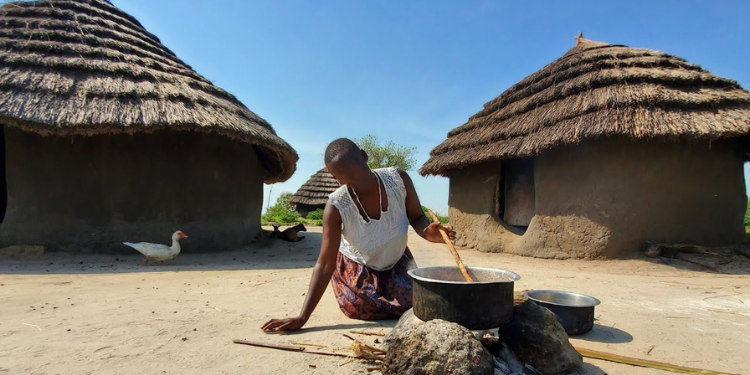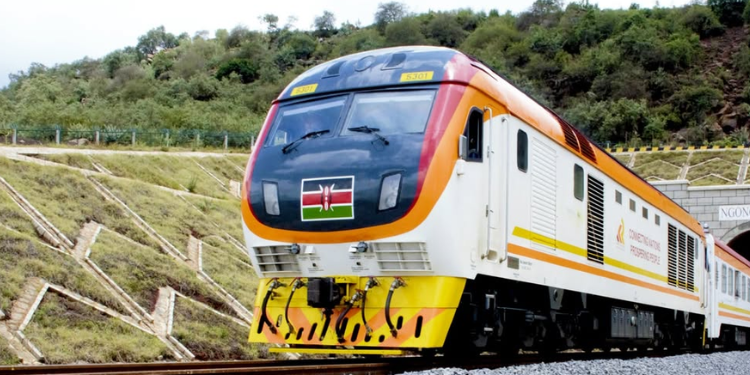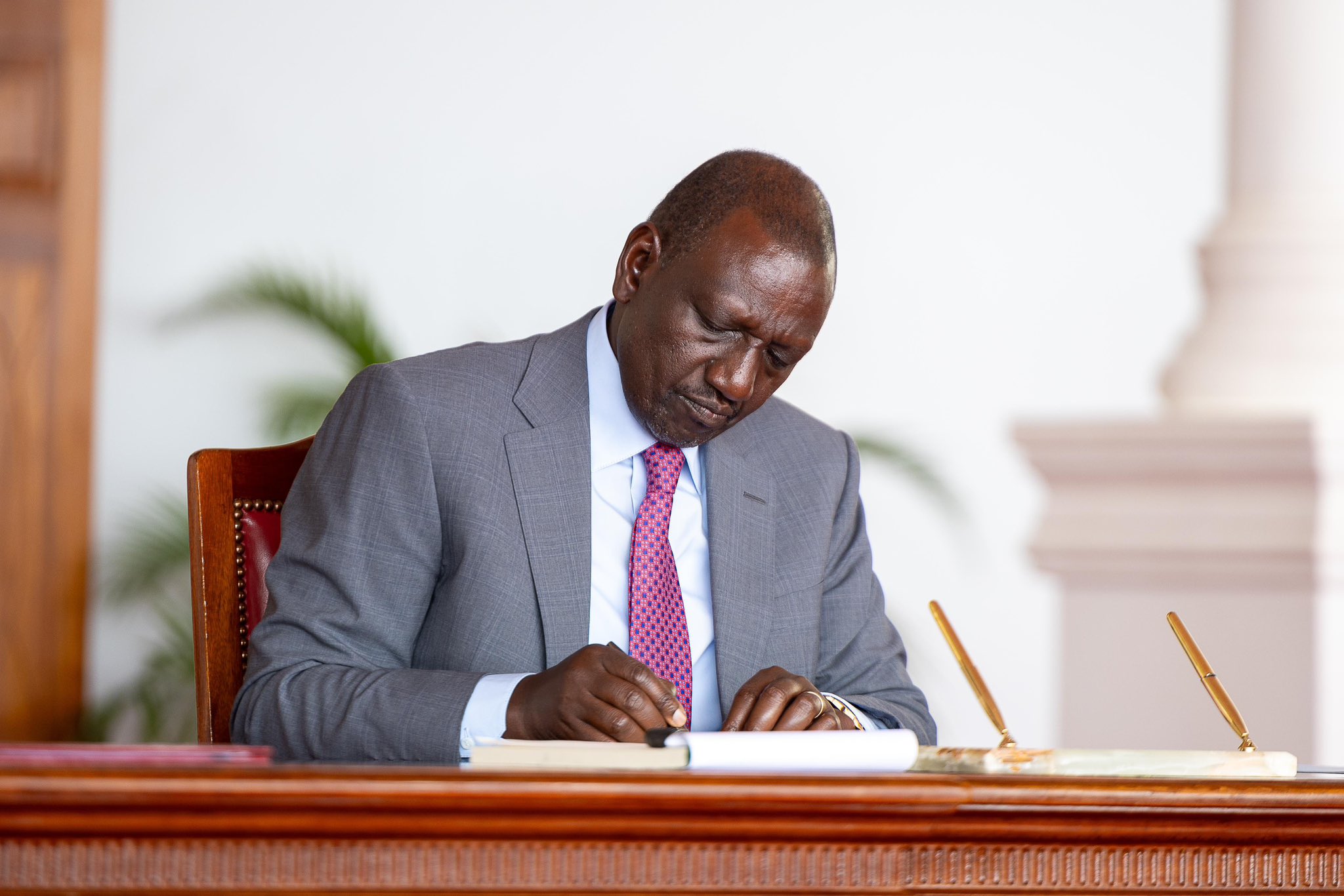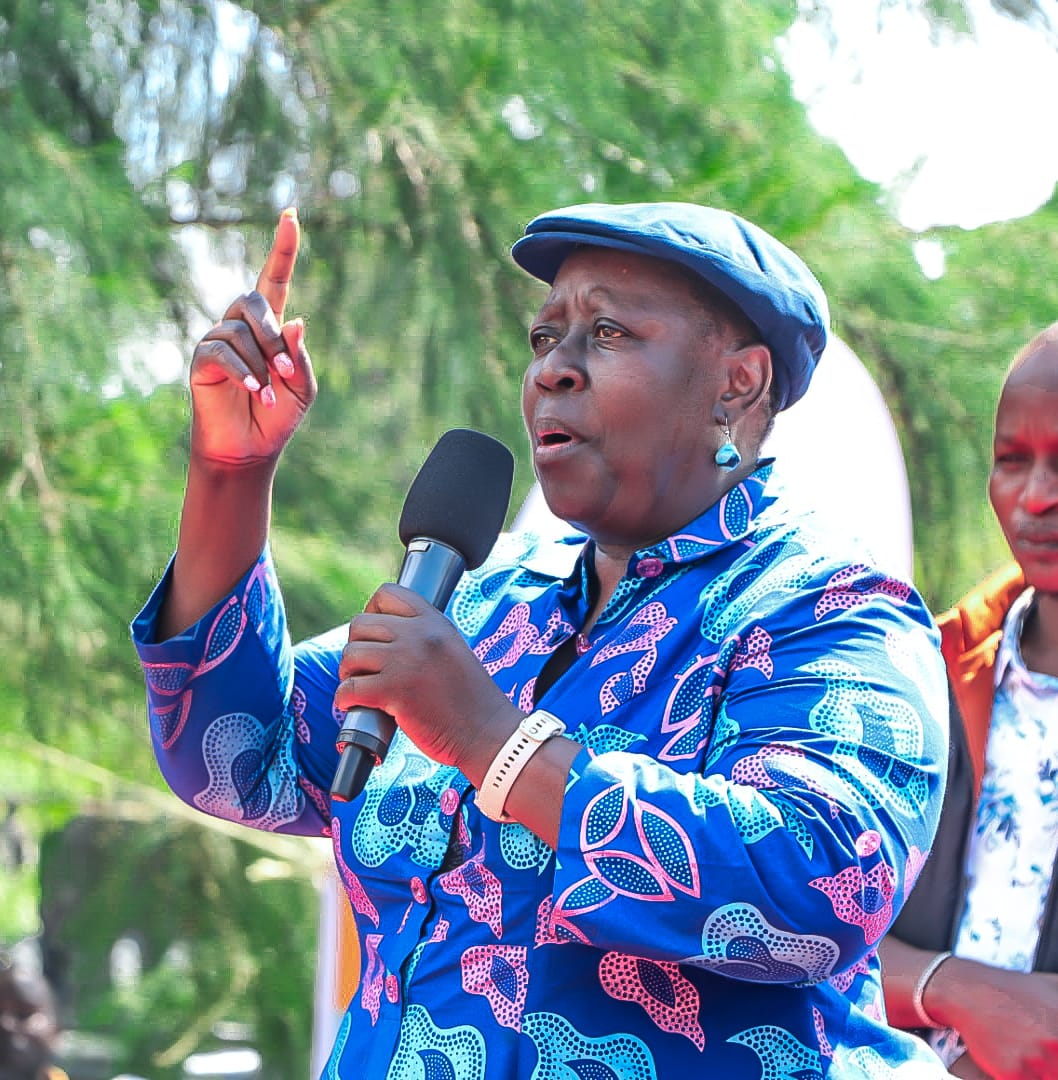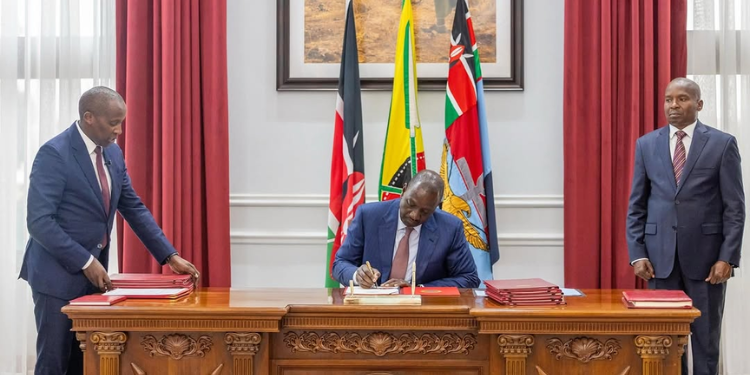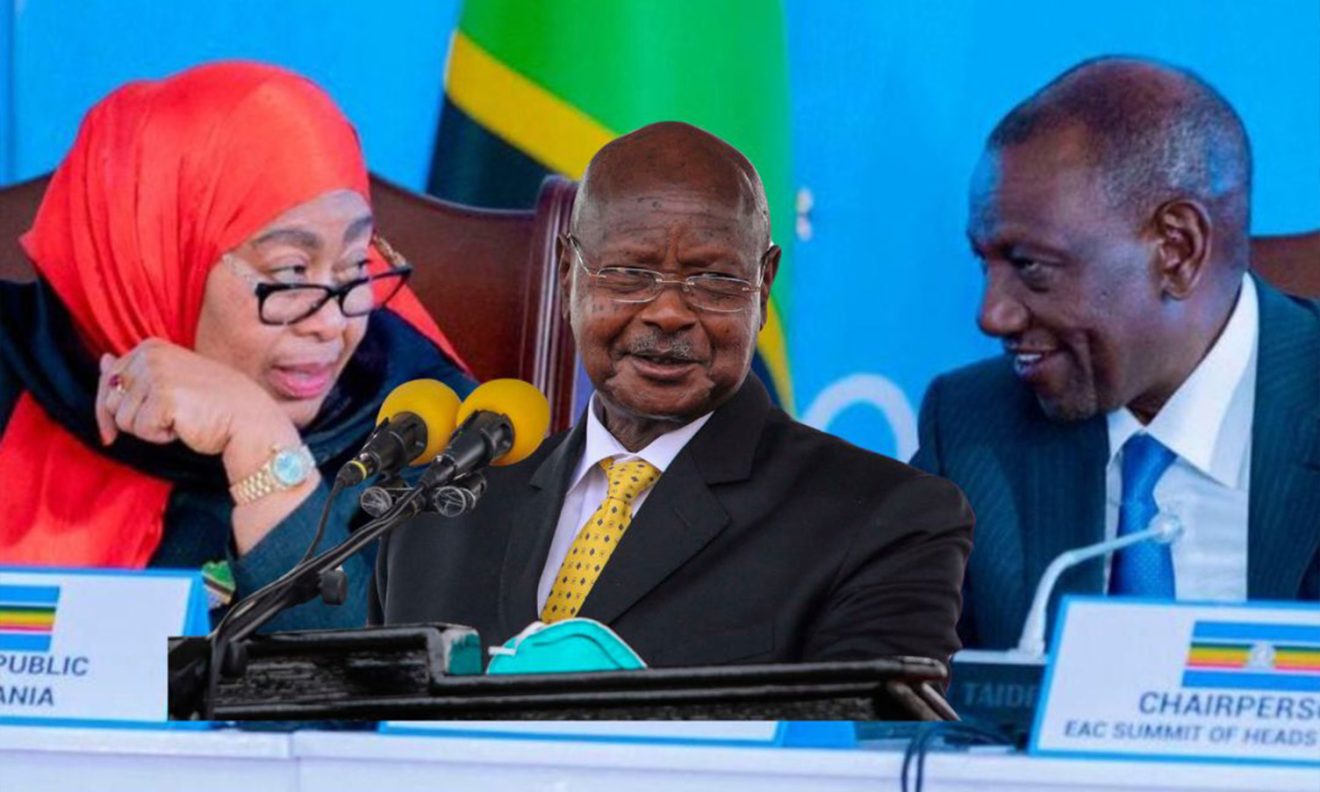The Kenya Revenue Authority (KRA) has issued a clarification following concerns raised over the newly released motor vehicle prices in Kenya.
In a statement on June 6, 2025, the Authority addressed key areas, including the legal basis of customs valuation, the definition and purpose of the Current Retail Selling Price (CRSP), the reasons behind the review of the existing CRSP, and the process involved in its revision.
“In response to public inquiries and recent media reports regarding the implementation of the revised CRSP, KRA wishes to clarify the following legal basis of customs valuation, the definition and purpose of the Current Retail Selling Price (CRSP), the reasons behind the review of the existing CRSP, and the process involved in its revision,” read part of the statement.
This follows an announcement by the Authority on May 30, 2025, regarding updated prices for imported second-hand vehicles.
KRA Clarifies Legal Basis of Customs Valuation
The authority clarified that Customs valuation is based on the World Trade Organization (WTO) Agreement on Customs Valuation, which has been domesticated under Section 122 and the Fourth Schedule of the East African Community Customs Management Act (EACCMA), 2004.
Further, the legal framework outlined the methods used to determine the customs value of imported goods.
What is CRSP, and Why is it Used?
According to the Authority, the Current Retail Selling Price (CRSP) refers to the market price of a new motor vehicle.
To determine the customs value of a used vehicle, KRA applies depreciation to the CRSP based on the number of years since the vehicle’s date of manufacture or first registration.
“Following the adoption of the WTO Agreement on Customs Valuation, KRA, in consultation with stakeholders, agreed to use the CRSP method to address challenges encountered in valuing used motor vehicles,” read the statement.
KRA stated that the approach aims to standardize values and ensure predictability and transparency within the industry.
Moreover, it was agreed that the CRSP would be reviewed regularly to reflect economic changes such as exchange rates, inflation, new vehicle models, and tax adjustments
Also Read: KRA Updates Prices Used to Tax Second-Hand Cars Affecting 5,000 Models
Why the Review of the Current CRSP?
In 2020, KRA’s attempt to review the CRSP was challenged in court by stakeholders, leaving the current list unchanged since 2019.
Hence, it created the need for a fresh review, in consultation with stakeholders, to reflect developments in the sector.
For example, in 2019, the exchange rate was approximately Kshs. 100 to the US dollar, while in 2025 it stands at around Kshs. 130.
Additionally, the import duty rate, which is a key factor in the CRSP, has increased from 25% in 2019 to 35% in 2025.
Also Read: KRA Tax Rates for Different Vehicle Models in Kenya
How the 2025 CRSP Was Reviewed and Updated
According to the authority, the process of reviewing CRSP included the following:
- Stakeholder Engagements
Following a court order, KRA held consultative sessions with key stakeholders, including motor vehicle dealers, importers, and the public. These forums provided a platform for input on the valuation methodology.
- Opposition to FOB Values
During the engagements, stakeholders rejected the use of Free on Board (FOB) invoice values and supported the continued use of the Current Retail Selling Price (CRSP).
- Formation of Technical Working Team
A technical team was constituted, comprising representatives from: Kenya Auto Bazaar Association (KABA), Car Importers Association of Kenya (CIAK), Kenya International Freight Forwarders & Warehousing Association (KIFWA) and KRA’s Customs & Border Control Department
- Technical Meeting and Planning
On January 29, 2025, the team held a joint meeting to establish Terms of Reference (TORs), identify data sources (primarily Japanese Yearbooks) and define the review methodology and timelines
- Data Collection and Supplementation
The Japanese Yearbooks were used as the primary data source. Goo-net was used to supplement models not found in the Yearbooks.
- Validation and Stakeholder Feedback
A validation meeting was held in May 2025. The draft CRSP list was reviewed, and additional stakeholder input was received and incorporated.
- Improved Valuation Methodology
The 2025 CRSP is based on detailed specifications such as trim level and vehicle performance. This contrasts with the 2019 CRSP, which relied mainly on engine capacity and drive configuration.
- Model Coverage
The 2025 list features over 5,200 unique vehicle models, up from about 3,000 in 2019. Despite this expansion, some models are missing from the 2025 list because they were not found in either the Japanese Yearbooks or Goo-net.
Follow our WhatsApp Channel and X Account for real-time news updates.



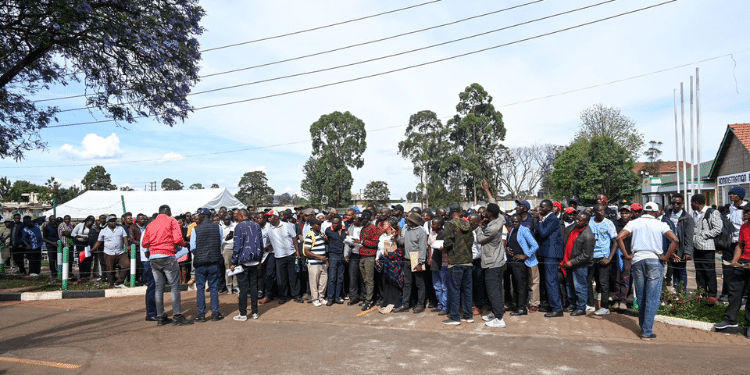



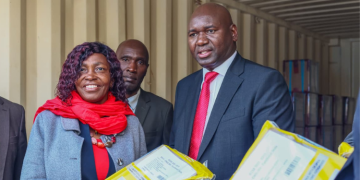

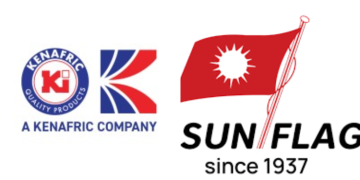




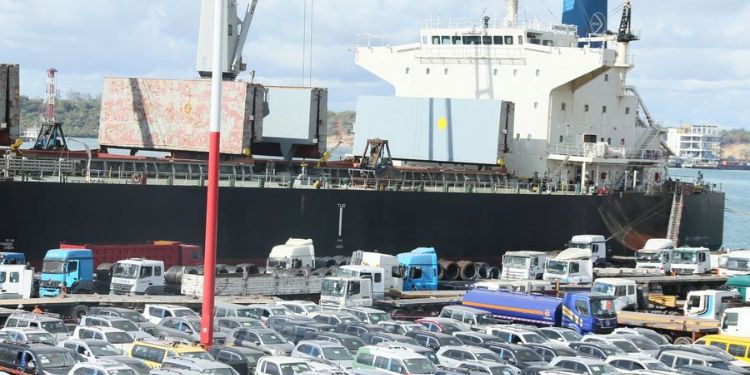

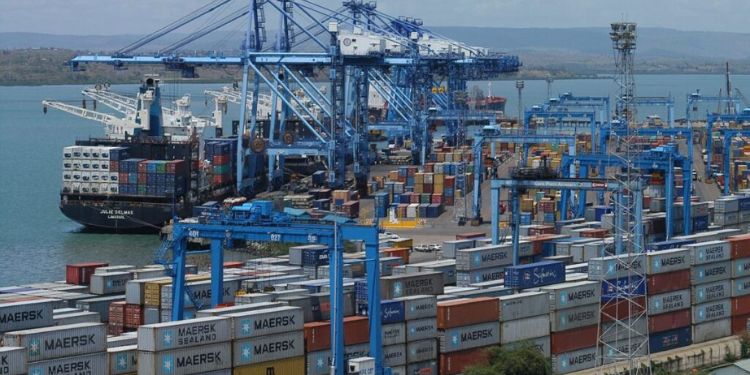
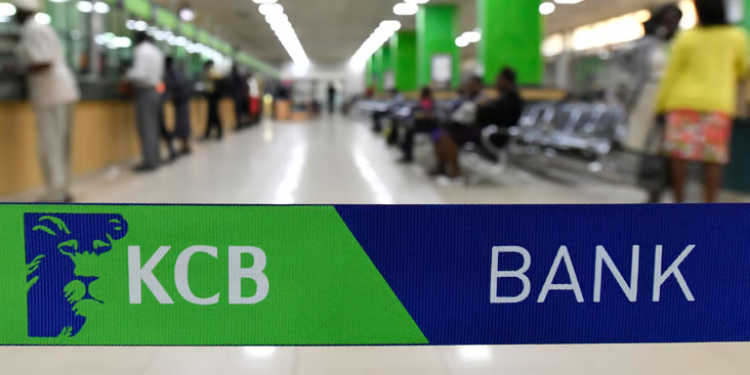
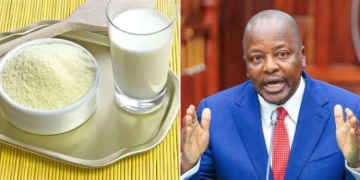






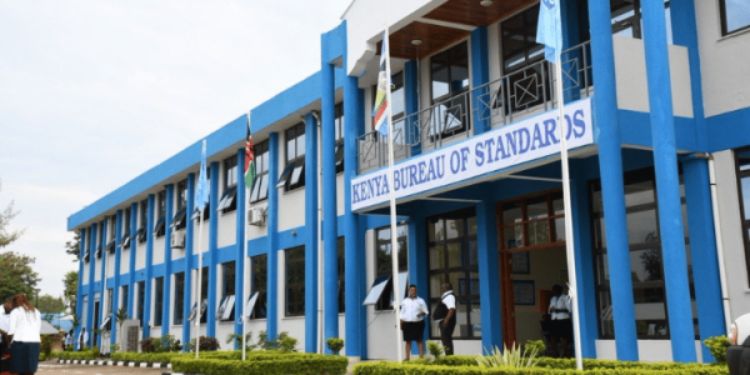
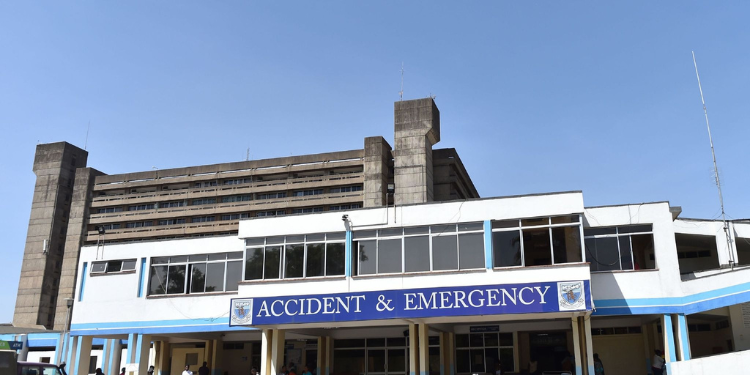
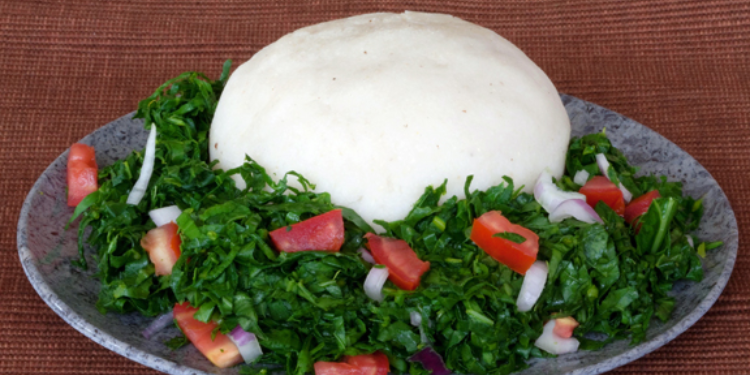








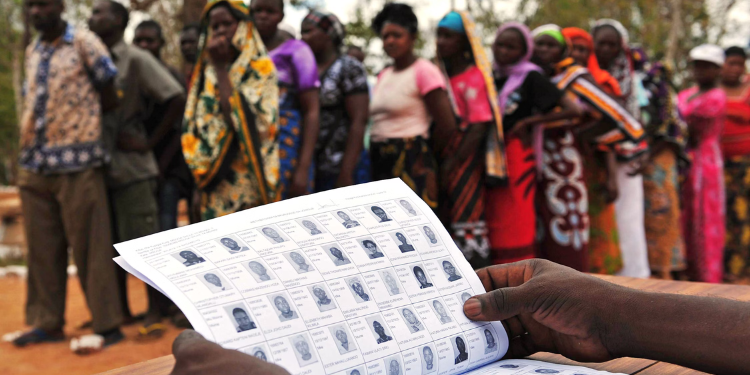


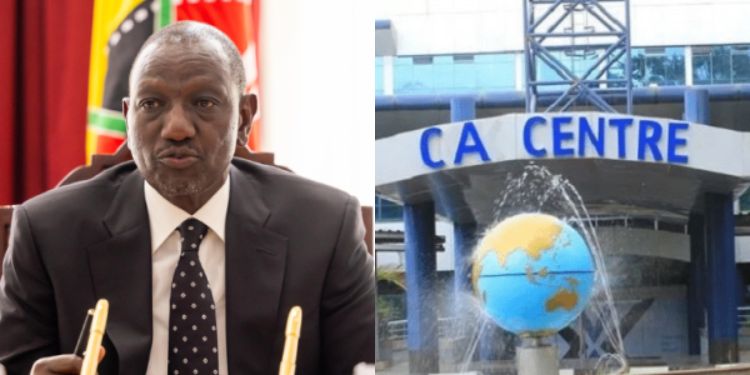










![Senator Allan Chesang And Chanelle Kittony Wed In A Colourful Ceremony [Photos] Trans Nzoia Senator Allan Chesang With Channelle Kittony/Oscar Sudi]( https://thekenyatimescdn-ese7d3e7ghdnbfa9.z01.azurefd.net/prodimages/uploads/2025/11/Trans-Nzoia-Senator-Allan-Chesang-with-Channelle-KittonyOscar-Sudi-360x180.png)






